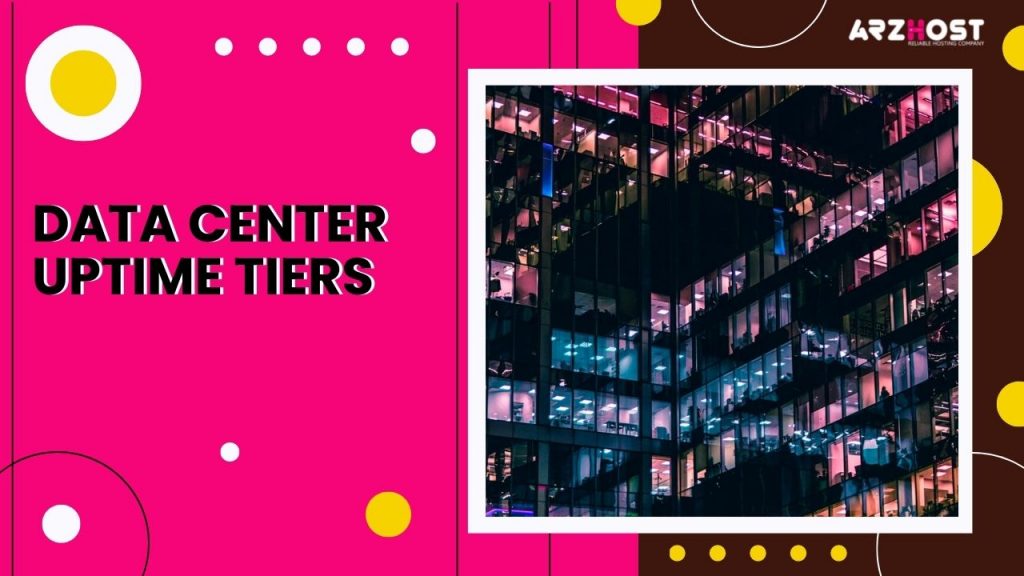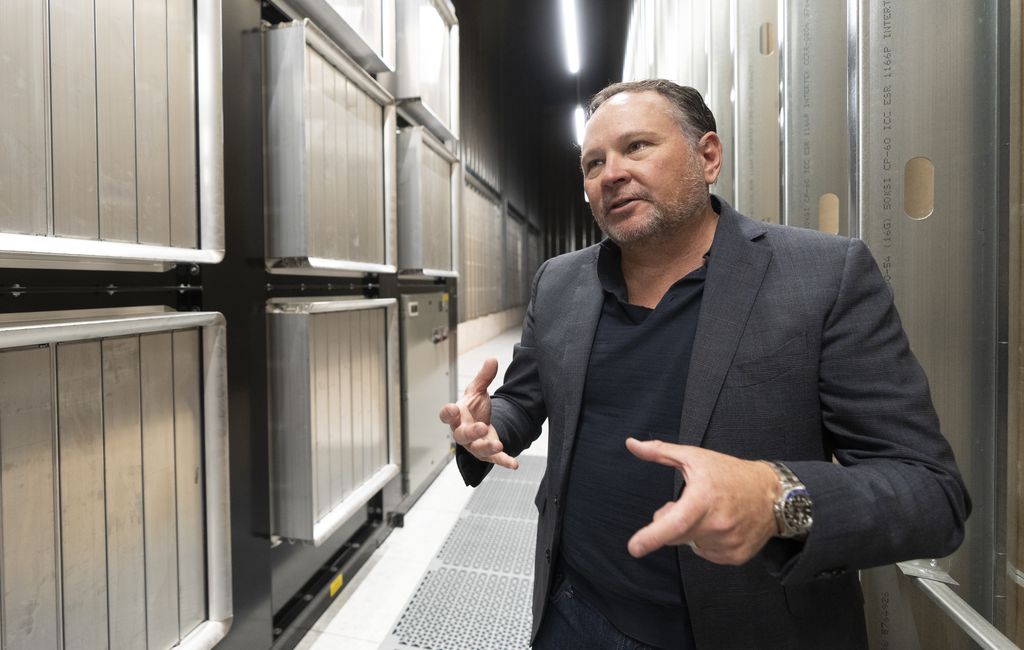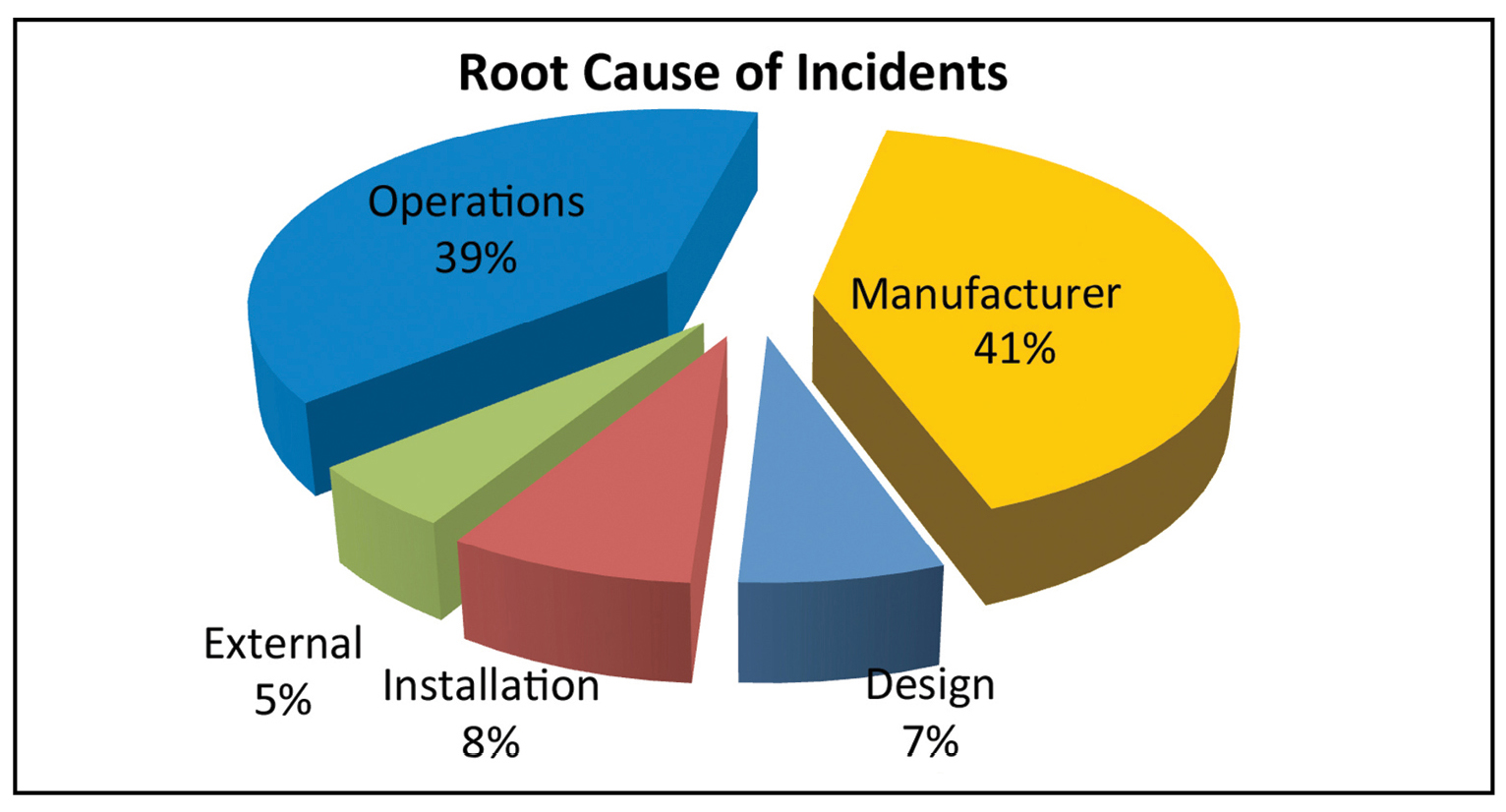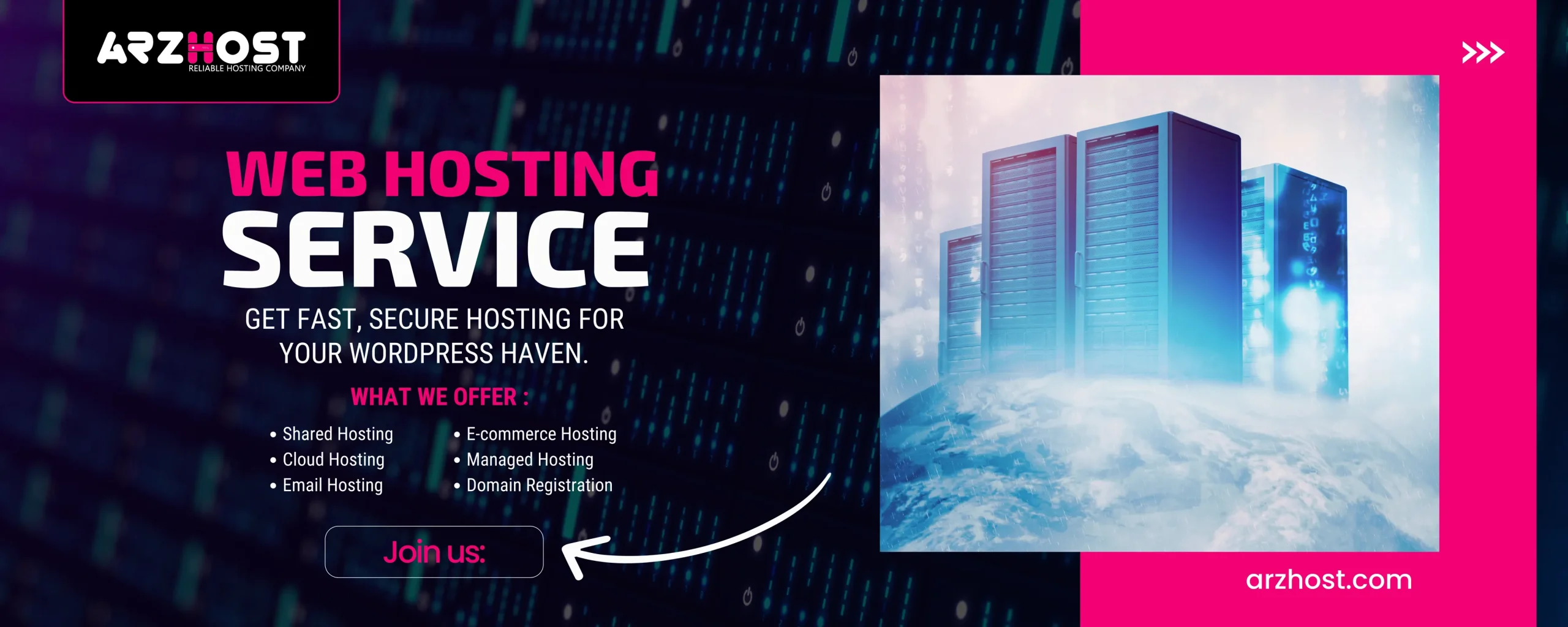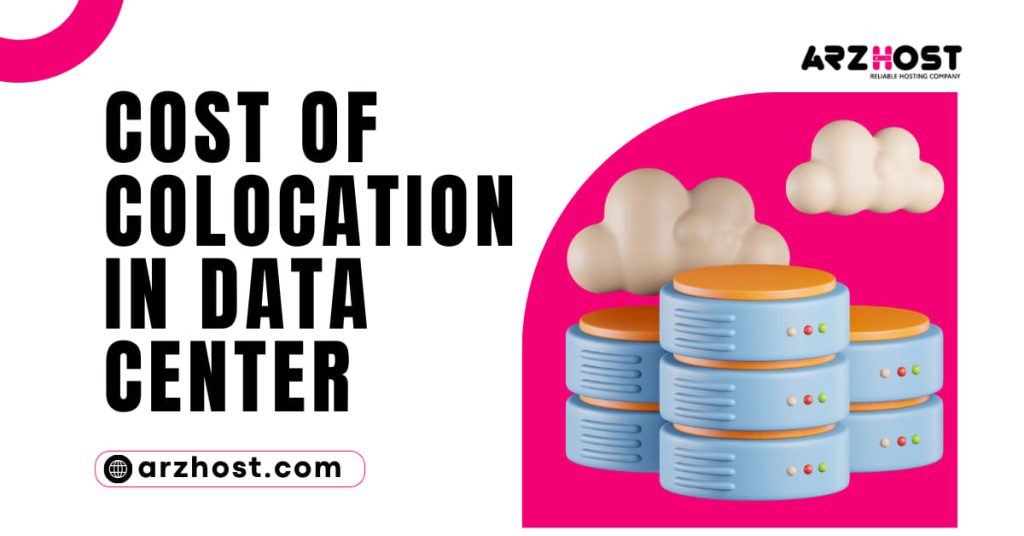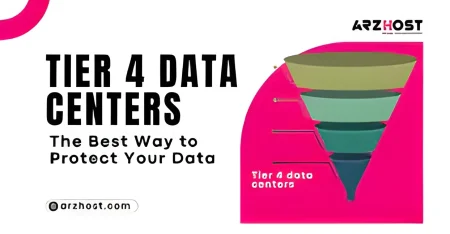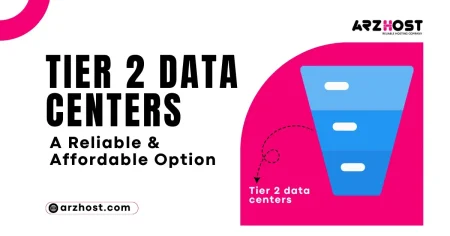Data Center Uptime Tiers is the yearly level of guaranteed availability a tier data center may provide. One of the fundamental business objectives of any data center is to be able to provide Data Center Uptime Tiers.
Positive uptime enables data centers to follow the contemporary demands that many enterprises have. A Data Center Uptime tiers must put a lot of emphasis on redundancy, processes, and certifications in order to meet uptime requirements.
Companies will continue to seek reliability as long as data centers remain essential to organizational and commercial operations. This means that uptime in the digital era is not just a perk. It is a necessity.
What Are Data Center Uptime Tiers?
Data Center Uptime Tiers is the measurement of how frequently certain resources are accessible in each minute, and even each second, throughout the year.
Although uptime is a straightforward notion in general, evaluating uptime in a data center involves a number of complex reflections.
In the past, uptime was typically expressed in “nines”. This computation is based on the industry standard of 99%. This measurement shows the percentage of minutes over the course of a year when a tier data center level is operating at maximum efficiency.
Understanding how to improve a data center’s or system’s performance on various levels is made easier with the help of this information.
Tiers of Data Center Uptime
A Data Center Uptime tier is divided into four tiers, with the first tier being the “slowest” and the fourth being the “fastest”.
- Tier 1: A 99.671% availability rate
- Tier 2:741% availability rate
- Tier 3:982% availability rate
- Tier 4:995% availability rate
How Long Should an Uptime Be?
Certified data center Tier 4 availability, which is the best uptime, is 99.995%. Your uptime should always be tier 1, which has a 99.671% availability.
What does Standard Uptime mean?
The average uptime ranges from 95% to 99.999%. Instead of accepting this because it is the norm, look for a support company that can increase your uptime to as near to 100% as possible.
What Affects the Data Center Systems Uptime?
Downtime is the inverse of uptime. The most frequent problem that Data Center Uptime Tiers experience is downtime. Which can be brought on by a number of different problems.
1: System Malfunction
It can be challenging to maintain current with fast speeds and strong uptime while employing outdated or unreliable IT infrastructure. Typically, insufficient monitoring tools are to blame for system failure.
When employing a Data Center Uptime Tiers redundancy that is effectively supervised. You can reduce unplanned downtime and increase uptime by doing routine maintenance on your system.
2: Human Error
Human error does happen, sadly. There is no guarantee that this cannot be planned for or averted. Data Center Uptime Tiers must therefore have separate execution procedures.
This means that systems must be maintained, fixed, tested, and watched over twenty-four hours a day, seven days a week. Breakdowns in processes or poor human performance can both cause downtime.
3: Natural Catastrophes
Natural disasters are another obvious occurrence, along with human mistakes. Natural disasters can range from hurricanes to earthquakes, or they can be man-made, like a significant power outage.
Your different tiers of Data centers can prevent downtime by putting in place a solid disaster recovery plan.
How to Improve Data Center Availability?
Although achieving 100% Data center uptime availability is not always attainable due to uncontrollable factors, there are strategies to come as near as possible. The Data Center Uptime Tiers can be increased by:
- Planning in great detail is necessary to reduce downtime: You should have a plan in place to escape any situations you might find yourself in. Whether it’s a catastrophe or a system breakdown.
- Maintenance of your system properly: By regularly doing maintenance on your system. You may minimize downtime.
- Good Management: An experienced team of Data Center Uptime Tiers professionals, like those at Reliant. Should handle all of your planning and system maintenance if you want to maintain high uptime.
Why Uptime is Important for Your Business?
Downtime in data centers has costly consequences. A downtime is no longer an option because servers and Data Center Uptime Tiers are now employed for jobs that are of the utmost importance.
Uptime can support software as well as third-party services and can help to safeguard against situations like human mistakes, power outages, or equipment failure.
The annual impact of application downtime was investigated across Prosperity 1000 businesses in a survey by IDC. The average cost of unplanned application downtime was estimated to be between $1.25 billion and $2.5 billion.
Additionally, it was shown that each infrastructure breakdown costs $100,000 per hour on average.
Unplanned downtime is a business issue as well as an IT issue. It is essential to secure uptime in order to prevent downtime because it might be expensive.
Businesses suffer significantly loses when Data Center Uptime Tiers are down. Your firm needs data center uptime since it will enable it to grow and generate more income.
What are the Advantages of a High Uptime?
- Improve your system’s effectiveness by You will be able to make choices to maximize that efficiency if you have a system that is constantly active and functioning. You lose this chance when you are idle.
- Keep your customers content: System outages may make it harder for customers to use your service. When you are “downtime”, you might deliver services irregularly or not at all. It also means losing worthwhile new clients.
- Avoid security lapses: Downtime exposes you to hackers and other online threats. This could cost you money and directly harm your business. You can keep your data center required as secure as possible by keeping track of your server uptime.
How a Provider of TPM Can Increase Uptime?
A support package provided by a third party rather than your original equipment maker is known as third-party maintenance (TPM) (OEM). A multitude of techniques to increase uptime is available when using a third-party maintenance provider.
- A daily test
- Constant upkeep and assistance
- Provides advice for a preventive maintenance plan.
- Integral preparation
- The capacity to upgrade equipment as needed
Related Article
data center tier levels uptime institute
tier 3 data center availability




